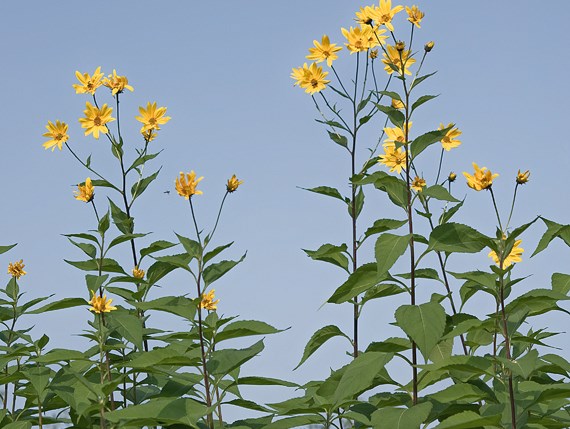Created on: Wednesday, Jun 29th, 2016
USDA GRIN: https://npgsweb.ars-grin.gov/gringlobal/taxonomydetail.aspx?id=27946
Calflora: http://www.calflora.org/cgi-bin/county_taxon.cgi?where-calrecnum=8486
USDA PLANTS: http://plants.usda.gov/core/profile?symbol=HETU
GBIF: http://www.gbif.org/species/3119175
Flora of North America: http://www.efloras.org/florataxon.aspx?flora_id=1&taxon_id=200024006
The Wildflower Center: http://www.wildflower.org/plants/result.php?id_plant=HETU
- < 13 : accept (low risk of invasiveness)
- 13 - 15 : evaluate further
- > 15 : reject (high risk of invasiveness)

